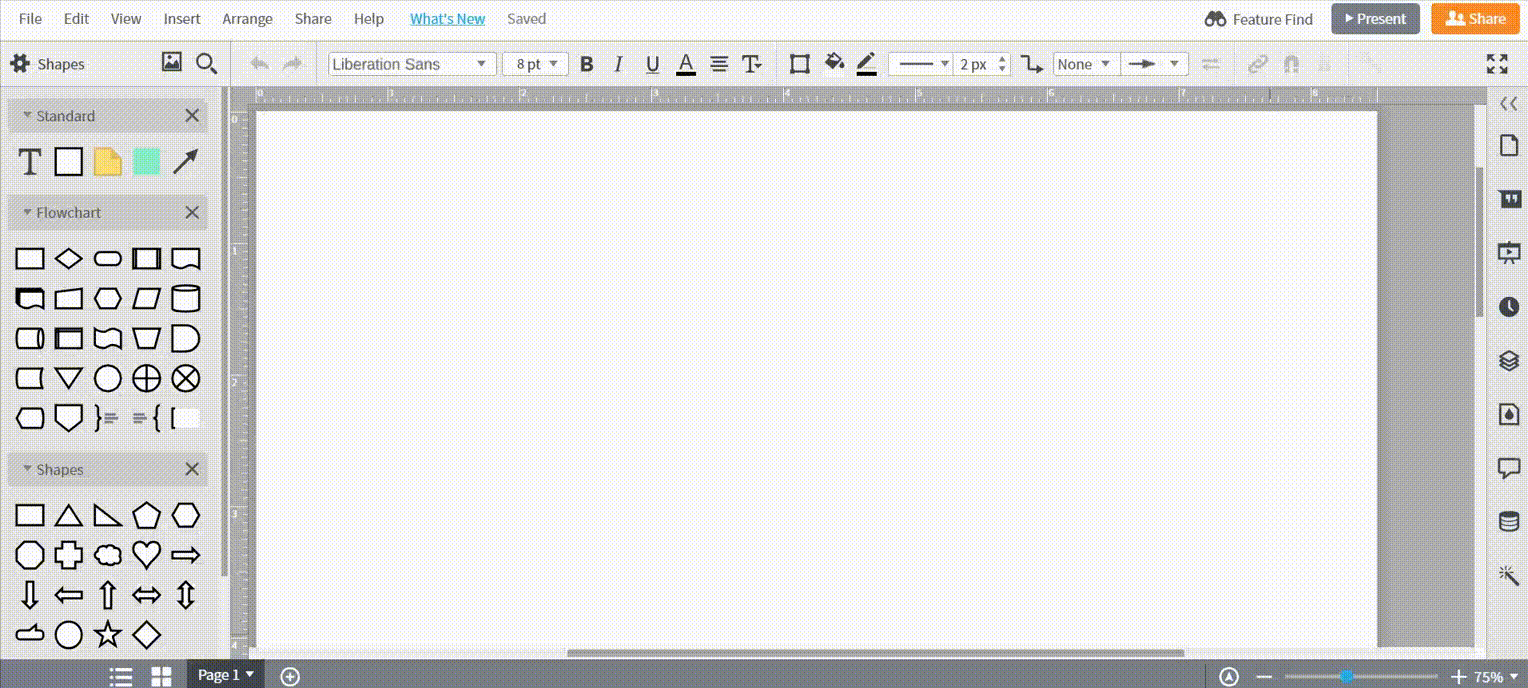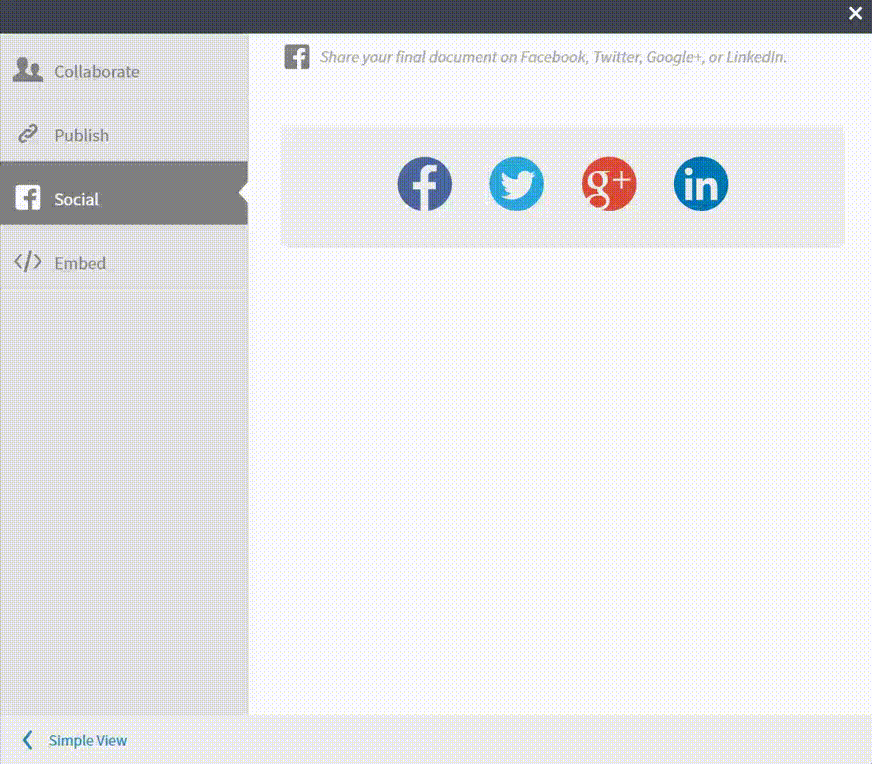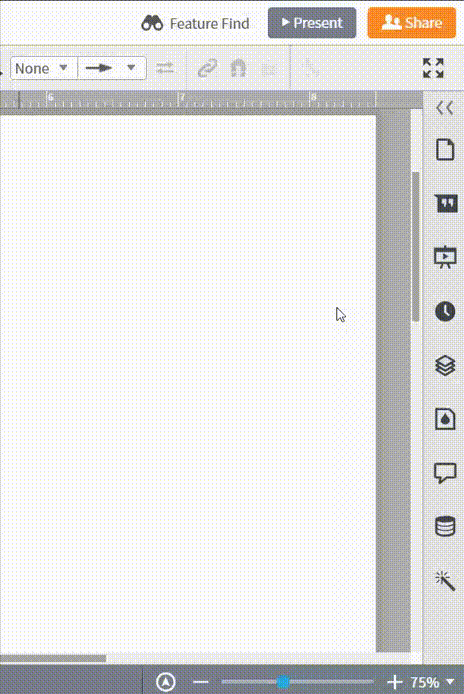Activity diagrams are the perfect UML solution for visualizing process flows. While UML can seem complex for those less familiar with it, creating an activity diagram is a lot easier than it seems. Use this guide to better understand how to make an activity diagram to chart any process.
2 minute read
Do you want to create your own UML diagram? Try Lucidchart. It's fast, easy, and totally free.
How to make an activity diagram
Activity diagrams in UML are a great solution to visualize the actions, outcomes, and flows within a specific process and the behaviors that pair with them. Use an activity diagram to create a simple overview of any process to better identify areas for improvement or model your software architecture to help others better understand what’s going on. Read up on our activity diagram guide to expand into the many benefits activity diagrams can serve.
Get started with Lucidchart
Creating a Lucidchart account is free and easy. Register for a free Lucidchart account if you haven’t already, and then log in and open up a new document. You can browse through our UML template library and choose one of our activity diagram examples if you need a solid starting point. Lucidchart also allows you to import documents from Visio, Gliffy, and other diagramming platforms through its import features.
Do you want to create your own UML diagram? Try Lucidchart. It's fast, easy, and totally free.
Create a UML DiagramAdd or import shapes
Activity diagrams adhere to a specific set of UML symbols. Each activity diagram must have a start and end node. As you map out the functionalities of various processes and systems, you’ll need to include the specific actions that take place, the direction of control flows, and the decision from your action.

Once you’ve enabled the UML shape library, add shapes by selecting a symbol from the sidebar and then dragging and dropping it right onto the canvas. For an activity diagram, you’ll want to begin by dragging out the start node—a black circle—from the toolbox. Refer to this page featuring all the common UML activity diagram symbols and notations.
Drag out more symbols to reflect your workflow and use lines to demonstrate the process flow of modeled activities. Use a synchronization bar with two or more connectors (either incoming or outgoing depending on your flow) to show overlap among action shapes.
When your flow merges or branches out, use a diamond symbol as the catalyst. The diamond, also called a decision shape, represents the triggering question or answer. An unlimited number of incoming and outgoing paths may enter or leave the decision shape. To better define each path, you can drag out a text box or double-click any line to enter text. These definitions are known as guards.

Publish, implement, and share
When you’re finished making your activity diagram, you can share it with others in multiple ways so they understand your business processes and the way your system functions.
Share or download your activity diagram in almost any format. Lucidchart supports PDF, PNG, JPEG, and Visio (VDX), just to name a few. You can even share your diagram as a link with current Lucidchart users and non-users. We even allow the option of sharing your diagram via social media.

If you’re collaborating on an activity diagram in UML, you have the option to leave comments and see changes in real time with every historical revision logged for reference so each collaborator sees the most current up-to-date version.

